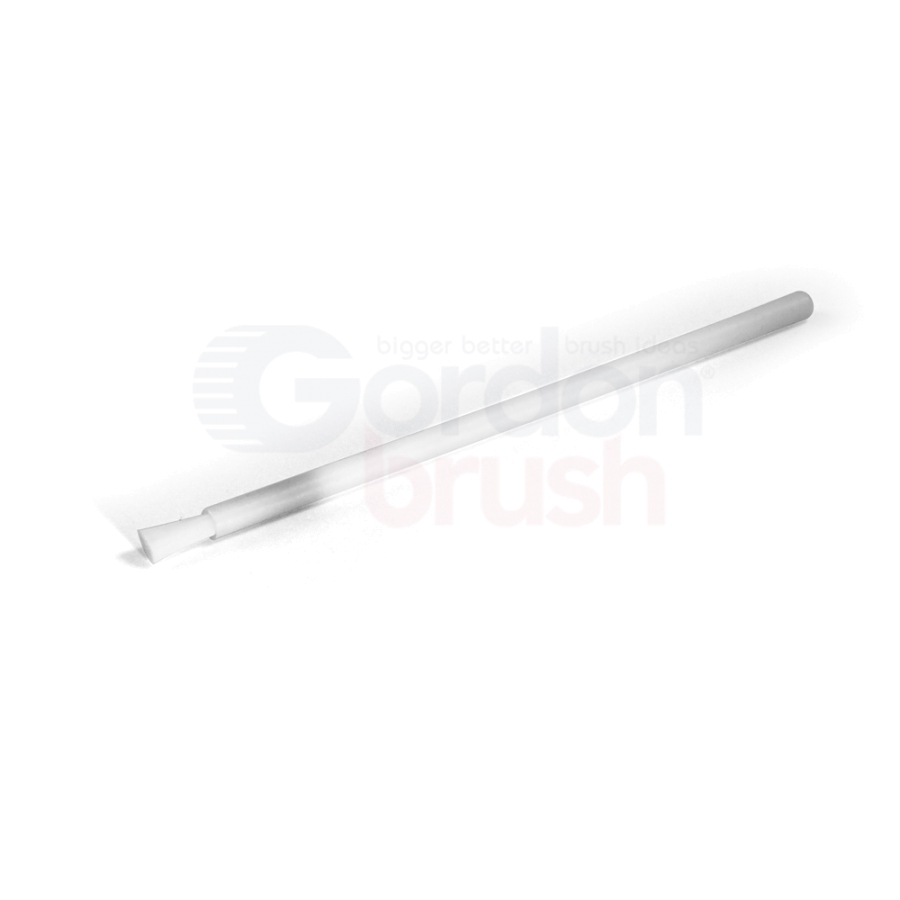Insulative Brushes
In the industrial brush world, insulative materials prevent an electrical charge from moving through a surface or through their structure. This can be extremely important in many types of job applications and industries. Furthermore, charges placed in one spot on an insulative object will stay in that particular location to prevent any unwanted transfer. In other words, if a charged insulator is grounded, charges will not move to ground. This act is precisely where the term "insulation" comes from.
Insulative brushes have a surface resistivity of 1012 - 1016 Ohms/cm and are an inexpensive water resistant alternative to Anti-Static Brushes. They are best used in an environment where static is not critical to the task at hand or where the brush is submerged in liquid when in use.
Even though insulative brushes do not allow charge movement, they can also accumulate massive amounts of charge at the same time. As a result, stored energy can gradually become neutralized through recombination with free ions. In applications where static isn’t critical, insulative brushes are ideal for your specific application.
Note: StaticFaction recommends that conductive handles (those made of metal) should not be used with any insulative brush. Metal handles are conductive and may not be the best choice for some applications. The customer needs to consider both bristle and handle materials for each application.

Four categories of insulative brushes are available, insulative applicator brushes, insulative instrument cleaning brushes, insulative toothbrush style brushes, and insulative vacuum brushes.
Available insulative fill materials include, goat hair; Hog bristle; Horse hair; Nylon; PEEK, polypropylene, and Thunderon® set into handles made from, acetal; aluminum; plastic; or stainless steel. Additional selectable parameters include, number of rows, brush face length, brush face width, handle length, handle diameter, brush face diameter, brush diameter, bristle diameter, trim length.